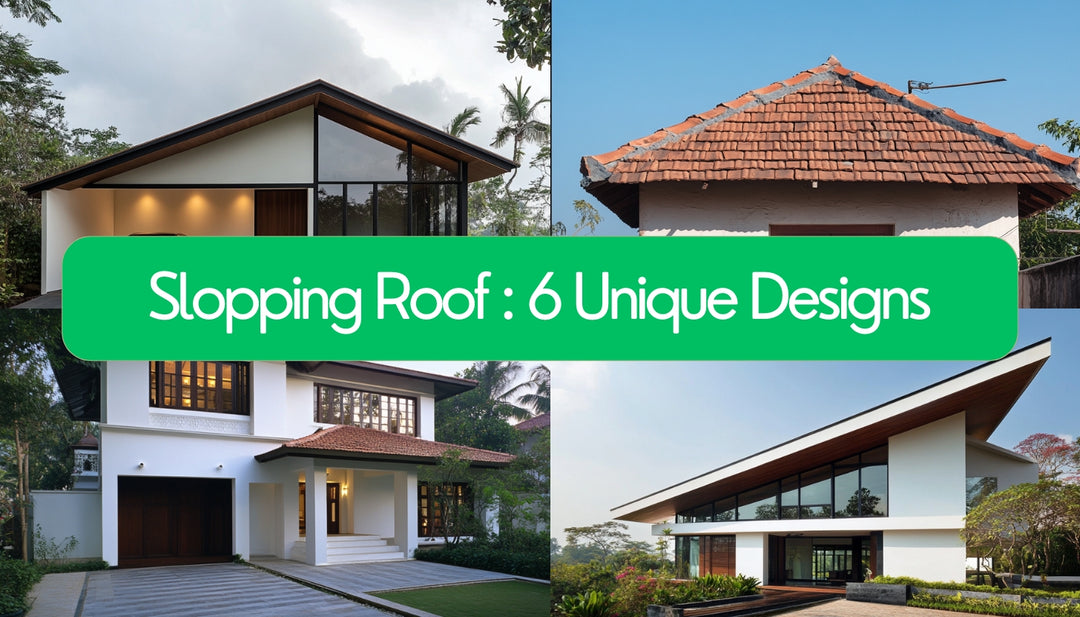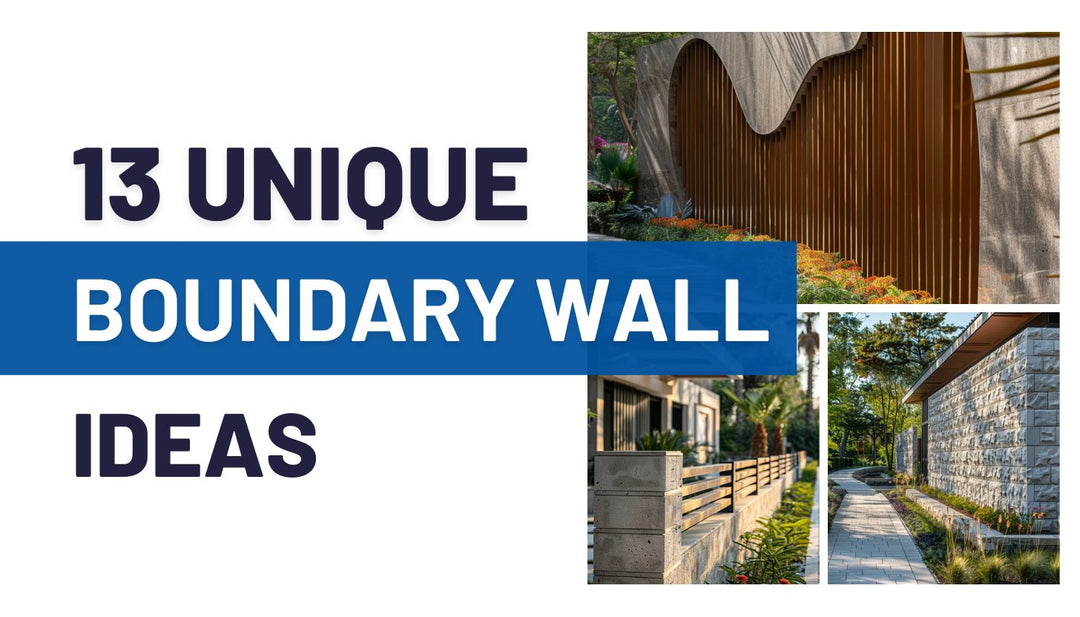How to Choose Bricks for a House

Bricks are one of the oldest building material in use for building our homes. What has been surprising is, even as we have evolved in construction technology. There has been continuing demand for the benefit of bricks. The questions I will raise here are
- If everyone is using bricks, should you choose bricks to build your home?
- How can we check for the quality of bricks?
- What are the alternatives for bricks in building homes?
Everyone is using bricks, so should you?
Bricks happen to be easily accessible and comparatively cheap to buy. On the face of it, these two should be good enough reasons to go ahead and build yourself a house of bricks. Wait, let us dig a little deeper.
Bricks are suitable for dry climates and perform poorly in wet and damp weathers. Most of the Brick is an organic compound. It makes the material react to the external atmosphere.
They always require supplementary plaster; it adds to the cost of bricks. Waterproofing is another concern with bricks as a building material. However, since a majority of the brick production is undertaken by the small unorganised sector. It is often the case that there are variations in the quality of bricks and misses in production timelines.
Some pro-tips to mitigate these issues ( E-E-E )
- Estimate the total requirement of the bricks and order in a single batch. It will eliminate the chances of variations and non-availability.
- Ensure you have factored the cost of plaster and waterproofing while choosing bricks.
- Explore alternatives if you are present in monsoon and wet climates.

Check for Brick qualities that are construction fit.
The quality of the bricks directly impacts the quality of construction. There are multiple grades available in the market. We will investigate the best suitable grade and how to check for quality.
- Shape and Size: There needs to be a uniformity in all the sides of the bricks and colour. ( Bright red, clean, unbroken surface) Bricks are usually stacked, try and get a 360 view of the stack and check for any variation.
Chipped and colour variation is a good sign that the batch is low and not fit for construction.
- Ringing Sound Test: Pick any two randomly selected bricks and clap them together. The sound should be metallic and should not crumble upon impact.
If you notice a hollow sound and some cracks after the clap. It suggests a low-quality brick.
- Drop Test: Raise the Brick to your chest height and drop it on the floor. Suppose the Brick withstands the drop without noticeable cracks or break. It prompts to sound quality.
Now, that you know how easy it is to inspect the bricks' quality, I will tell you why you should invest your time in checking for quality of bricks?
A good quality brick will help you lower costs. Choosing a good quality brick reduces mortar quantity. It saves you long-term maintenance costs that can range from additional waterproofing, crack treatment and plastering.

What are your alternatives, and should you consider?
You should understand that bricks, like all building material, have a context for use cases, suitability, and quality assessment. If the home you are building matches all the criteria opting for bricks is a good option. However, as the construction industry has developed, there have been a few alternatives. Namely
- Concrete Blocks, these are cement made, brick-sized. Most mass developers use it because they are fast to produce and requires less skill for application.
The primary constituent being cement requires adequate curing ( at least seven days ), often not the case and leads to low quality. Concrete blocks are currently limited to tier 1, and 2 cities and sourcing from distant places add to transport costs.
- Fly-Ash Bricks recently introduced as a sustainable alternative. The main constituent being the wastes of coal burning. It is highly available near thermal and industrial plants. It provides stronger technical strengths over conventional bricks, but due to the long distance between cities and power plants. The cost of transport makes them less affordable.
It is an excellent choice to build your home with Fly-Ash Bricks. It is environmentally friendly, more robust than traditional options and requires low skill for application.
To Summarise, we have explored the various dimensions you can apply in checking if Brick makes about 30% of your building component suitable for your home. Learnt more about the alternatives and tests that you can conduct to check for quality.
Other Articles that may interest you :
- Checklist to build a house in India
- How to decide on a good Layout for your home?
- Checklist to build a house in India
- Building Codes Regulation
Ongrid.Design aims to provide you with real and verified data. That’s why we conduct our research and obtain direct, personal insight. Analyses and graphics in this article are based on authentic sources cross-validated by our in-house experts.
We take great care to ensure the information we publish is reliable and accurate—however, Ongrid.Design takes no responsibility for inaccuracy in information supplied to us by users, research participants, or other entities.
Please note the insight contained within this article is for general information purposes only. We’re glad to answer any questions you may have about this article and its supporting research. For further information, please contact Ongrid.Design Expert directly via email at hello@ongrid.studio.











Thank you for sharing this informative article about brick contractors. I hope there are a lot of homeowners who could read this and be guided accordingly.
https://masonrysanfrancisco.com/brick-contractors/
Leave a comment